



Volvo Cars India does not have an expansive product line-up, and unlike German rivals, its strategy has been to focus on select models to drive the volumes. If we look at the present scenario, it is offering only SUVs -- EX40 electric, EC40 electric, XC60 mild hybrid and XC90 mild hybrid. Each one brings a touch of Swedish design and safety.
The company is now preparing to expand its electric vehicle (EV) range with the EX30, which will be its most affordable electric SUV in India. I had the chance to drive the car, albeit briefly, and here is an account of how it performed.


On the outside, it does not appear very big. But step inside and you notice how smartly Volvo has managed space. The rear seat is good for two adults, though a third person in the middle will feel a shortage of shoulder room and legroom. The cabin has several storage spots - big door bins, a rear phone slot, and even a removable storage box. A 318-litre boot is optimal for your weekend getaways, and in case you need more space, the second row can be folded to free up 904 litres of luggage space. Practicality is further supported by a 7-litre frunk at the front.
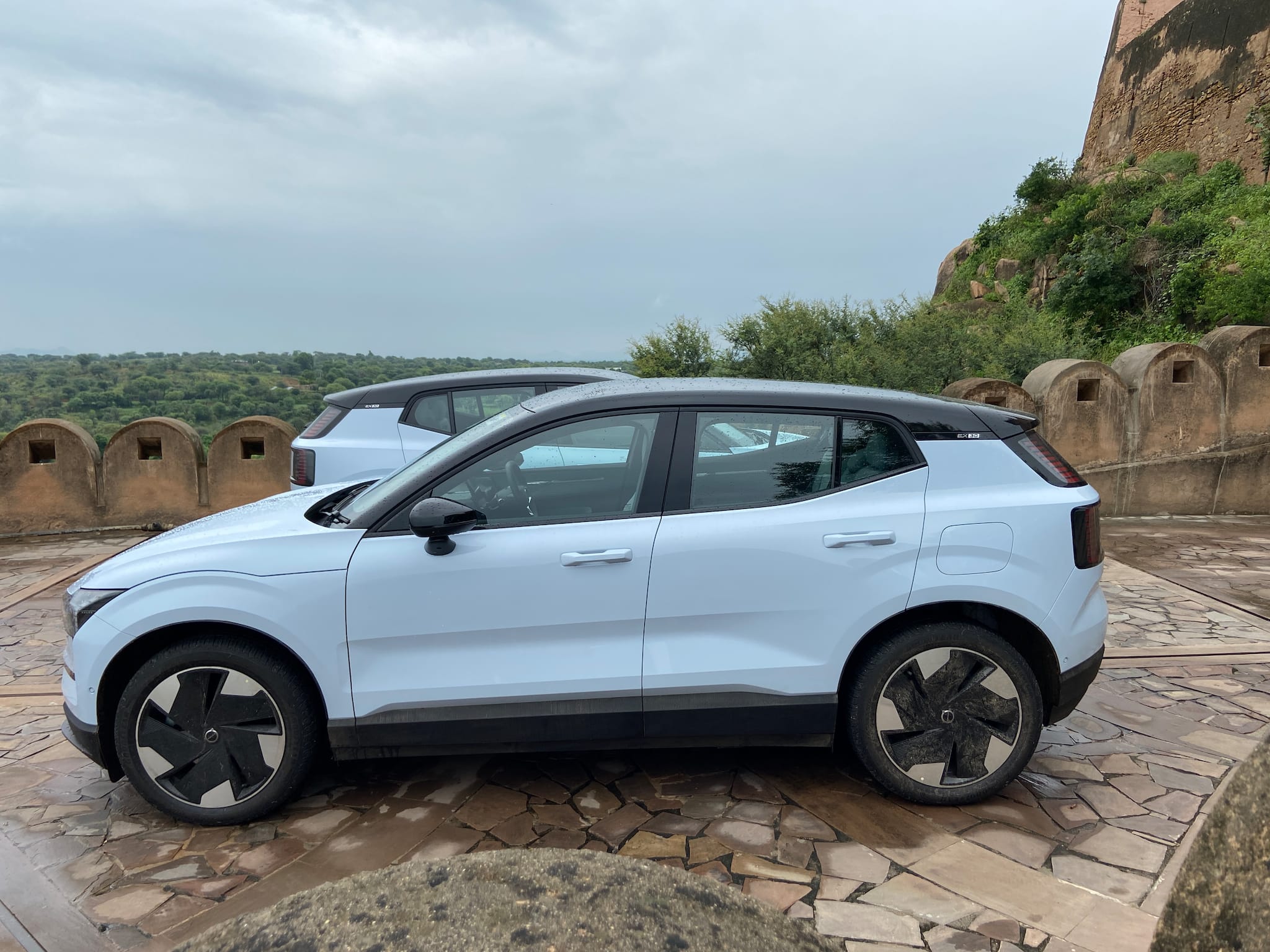
Volvo has also paid attention to sustainability. Around 17% of steel and plastic, 25% of aluminium, and 30% of bumper and under-surface parts are made from recycled material. The cabin uses recycled textiles and wool blends. Volvo claims the EX30 has 25% lower CO₂ emissions than the EC40 and the EX40 over its lifecycle. A QR code inside the cabin shows details about the battery's material sourcing, carbon footprint and end-of-life management.

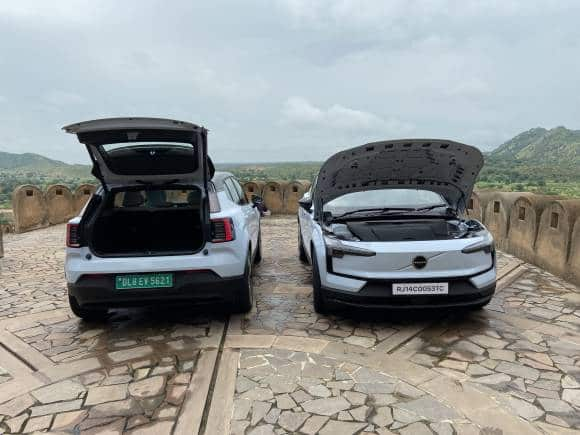
Moneycontrol urges all car occupants to always wear seatbelts and the drivers to drive within speed limits for a safe journey.
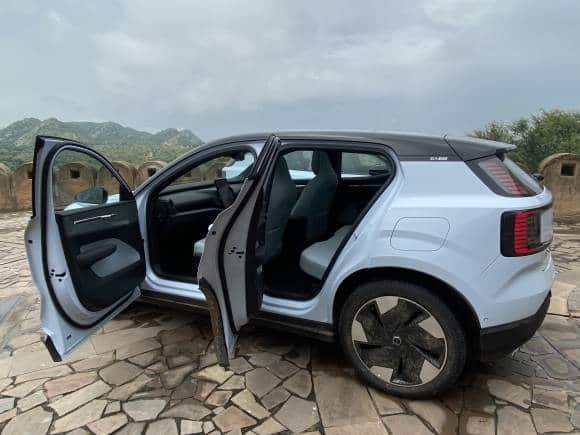
Coming back to the EX30, a 69kWh battery powers the SUV. Volvo claims a WLTP range of 480km. However, after my drive, I can say that the EX30 is capable of a real-world range of 400-425km on a single full charge in Indian conditions. Charging is flexible. While an 11kW AC charger can top up overnight, a 150kW DC fast charger takes the battery from 10% to 80% in about half an hour.
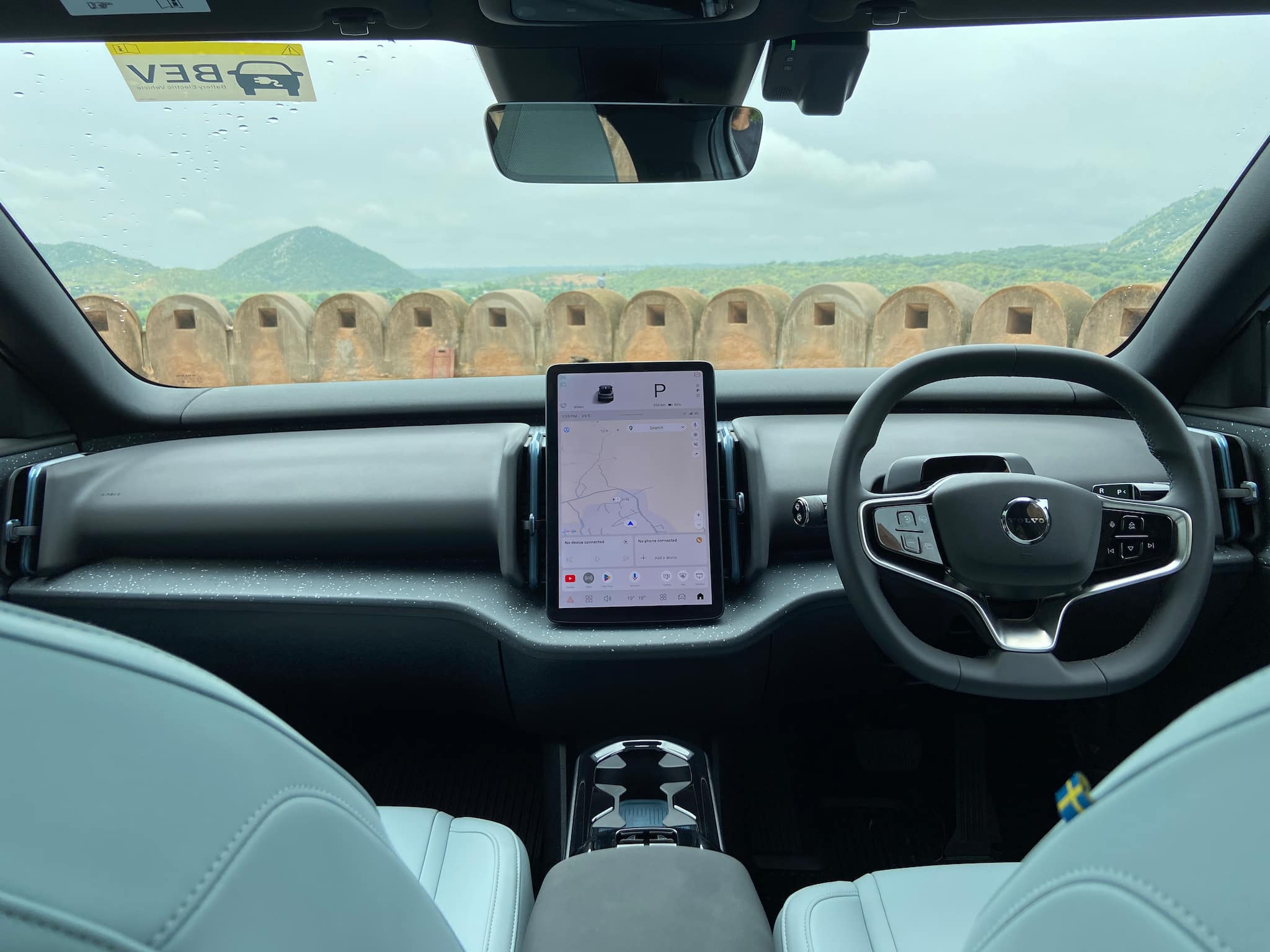
The combination of compact size and strong motor output makes the EX30 fun to drive. It feels light, quick and well-suited for city use, while also having enough range for highway runs.


Other useful touches include neatly designed door handles, a single knob for front seat adjustments, and multiple ambient lighting themes. Upholstery options include recycled wool blends and Nordico material. Volvo is offering a debit/credit card-sized key card for unlocking and starting the EX30. Even a smartphone can be used to create a digital key for the vehicle.
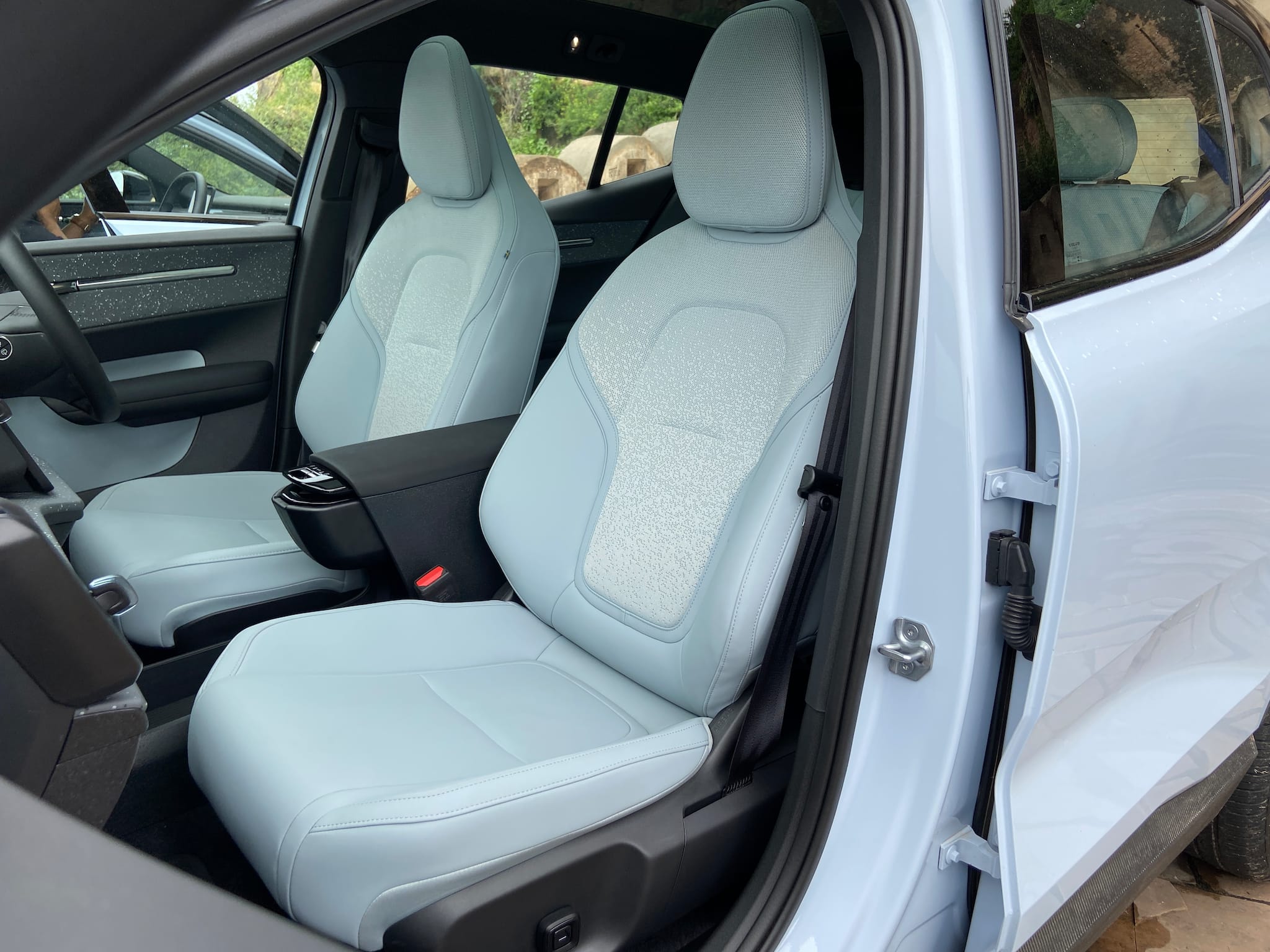
On the safety side, Volvo has loaded the car with technology. There are five radars, five cameras and 16 ultrasonic sensors. Features include adaptive cruise control, lane keeping aid, blind spot monitoring, traffic jam assist, 360-degree parking camera and auto emergency braking. Inside the cabin, the car monitors driver alertness and even senses occupants. Volvo's Safe Space package also includes airbags all around, whiplash protection, and post-impact braking.
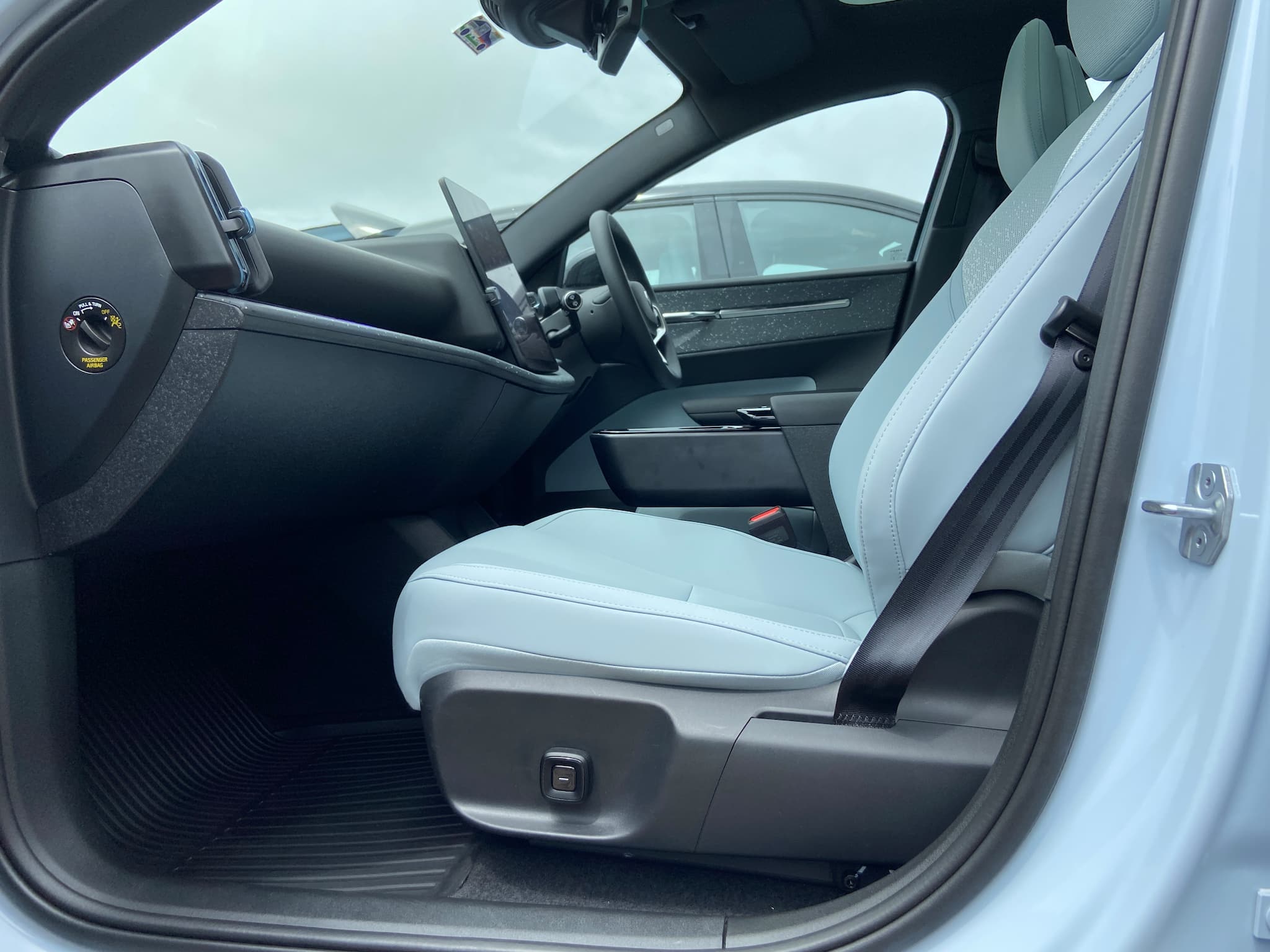
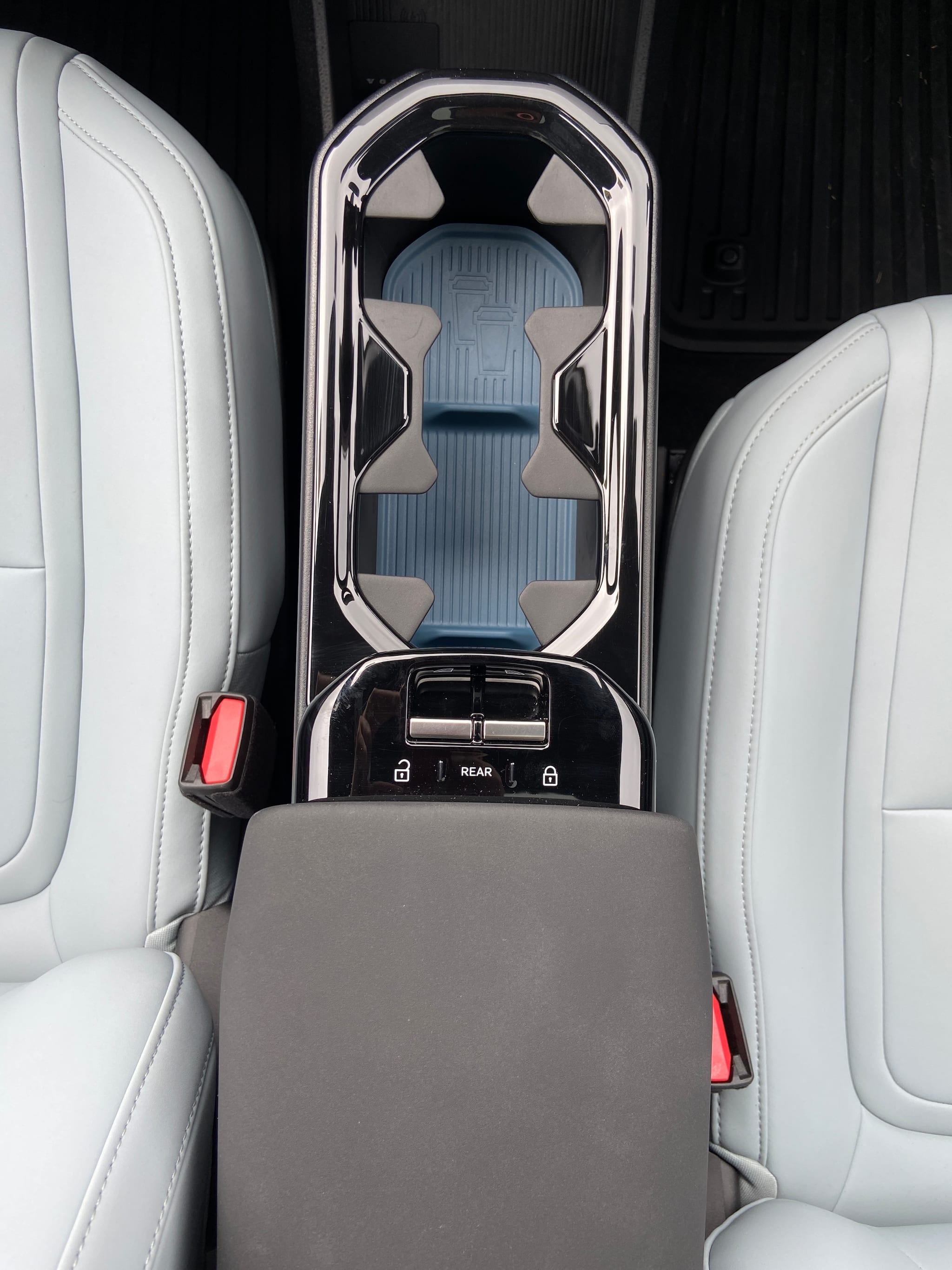
The Volvo EX30 will take on the BMW iX1 LWB, which starts at Rs 49.90 lakh. Another rival will be the Hyundai Ioniq 5, a popular mass-market EV available for Rs 46.30 lakh. The BYD Sealion 7, launched at Rs 48.90 lakh, will also add pressure. For reference, all the prices are ex-showroom.

While pre-reservations for the electric SUV have started, the EX30 price will be announced by the end of September. Its customer deliveries will begin in October.
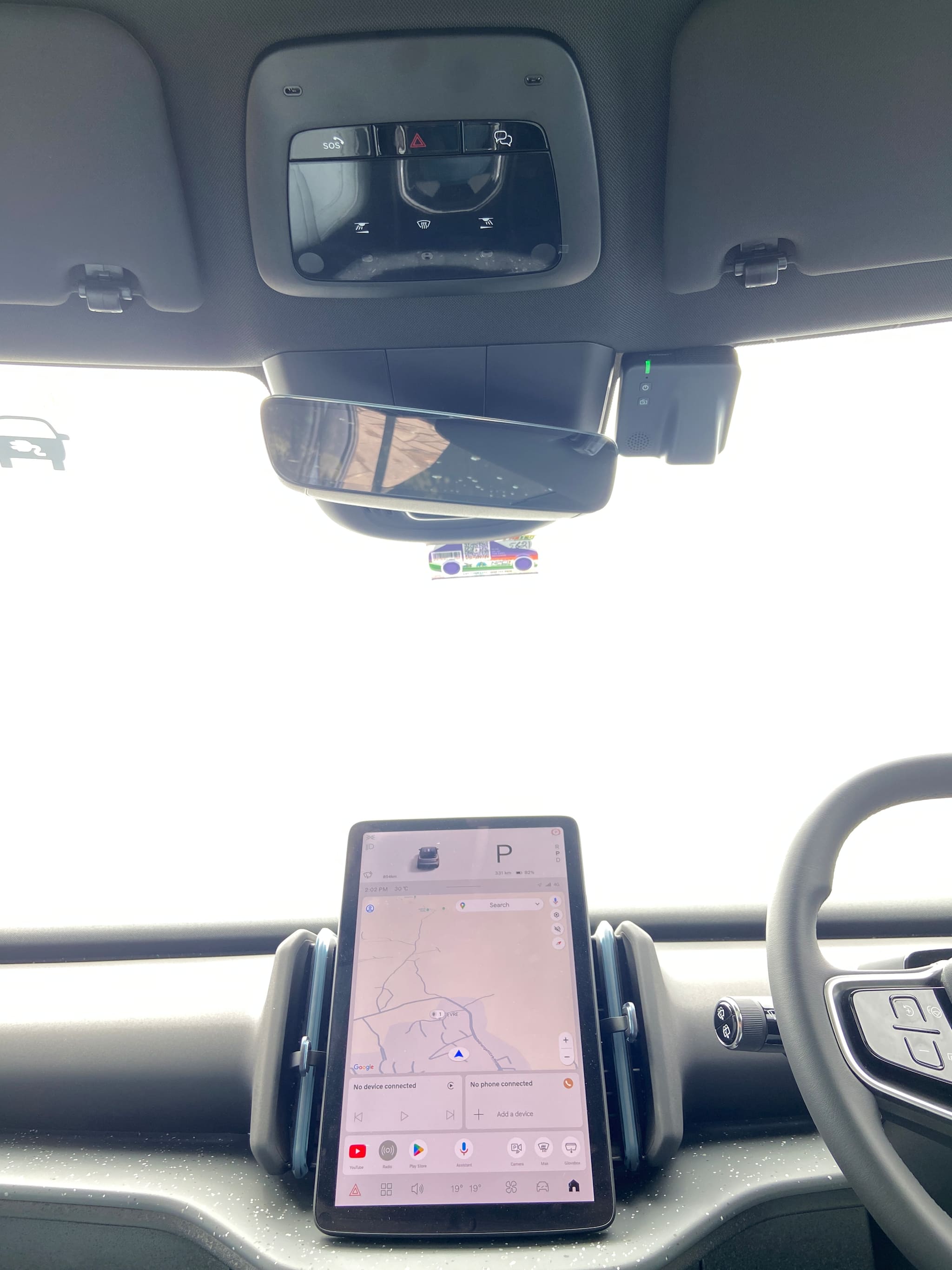

For Volvo, the EX30 could become a big volume driver in India. But its success will depend on pricing. If Volvo manages to launch it in the Rs 45-50 lakh range, the EX30 has the potential to appeal to both luxury EV buyers and those upgrading from mass-market EVs.
Discover the latest Business News, Sensex, and Nifty updates. Obtain Personal Finance insights, tax queries, and expert opinions on Moneycontrol or download the Moneycontrol App to stay updated!